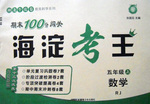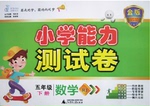题目内容
An earthquake happened in Haiti on Jan.12,2010, many countries in the world paid close attention to.
A. where B. when C. which D. what
C

练习册系列答案
 期末100分闯关海淀考王系列答案
期末100分闯关海淀考王系列答案 小学能力测试卷系列答案
小学能力测试卷系列答案
相关题目
题目内容
An earthquake happened in Haiti on Jan.12,2010, many countries in the world paid close attention to.
A. where B. when C. which D. what
C

 期末100分闯关海淀考王系列答案
期末100分闯关海淀考王系列答案 小学能力测试卷系列答案
小学能力测试卷系列答案